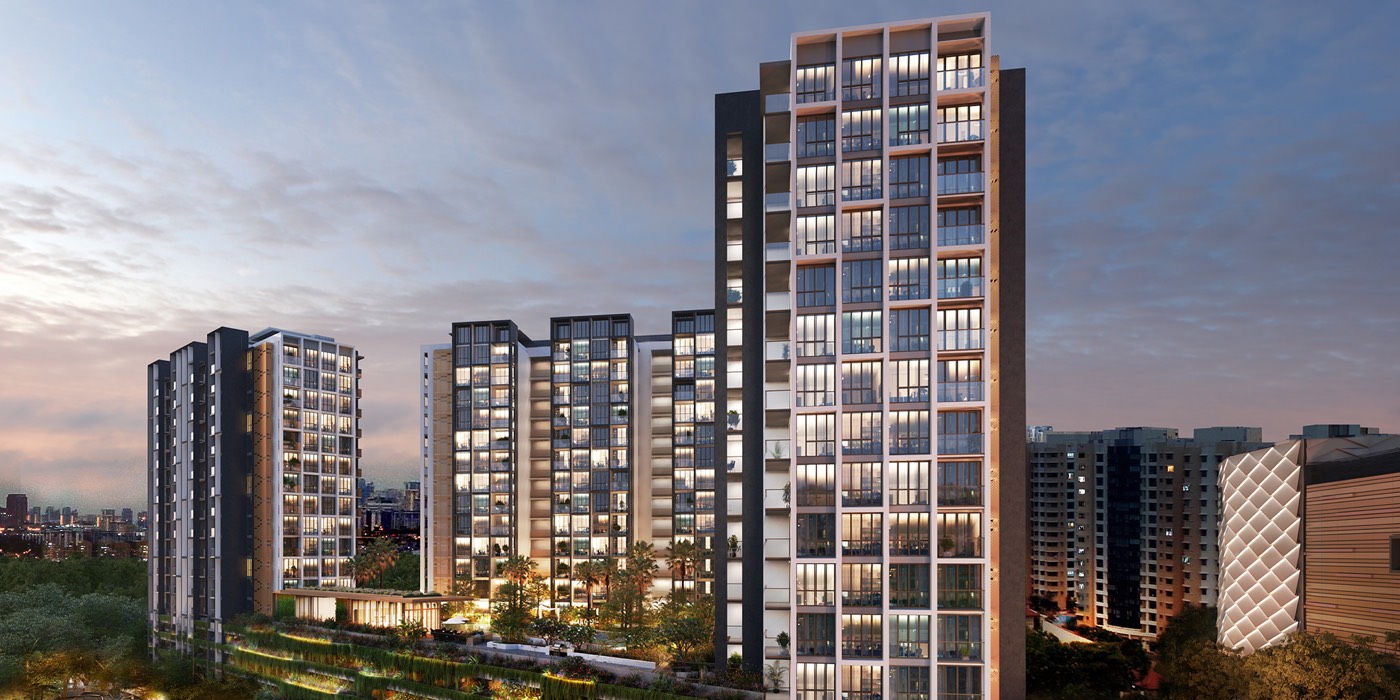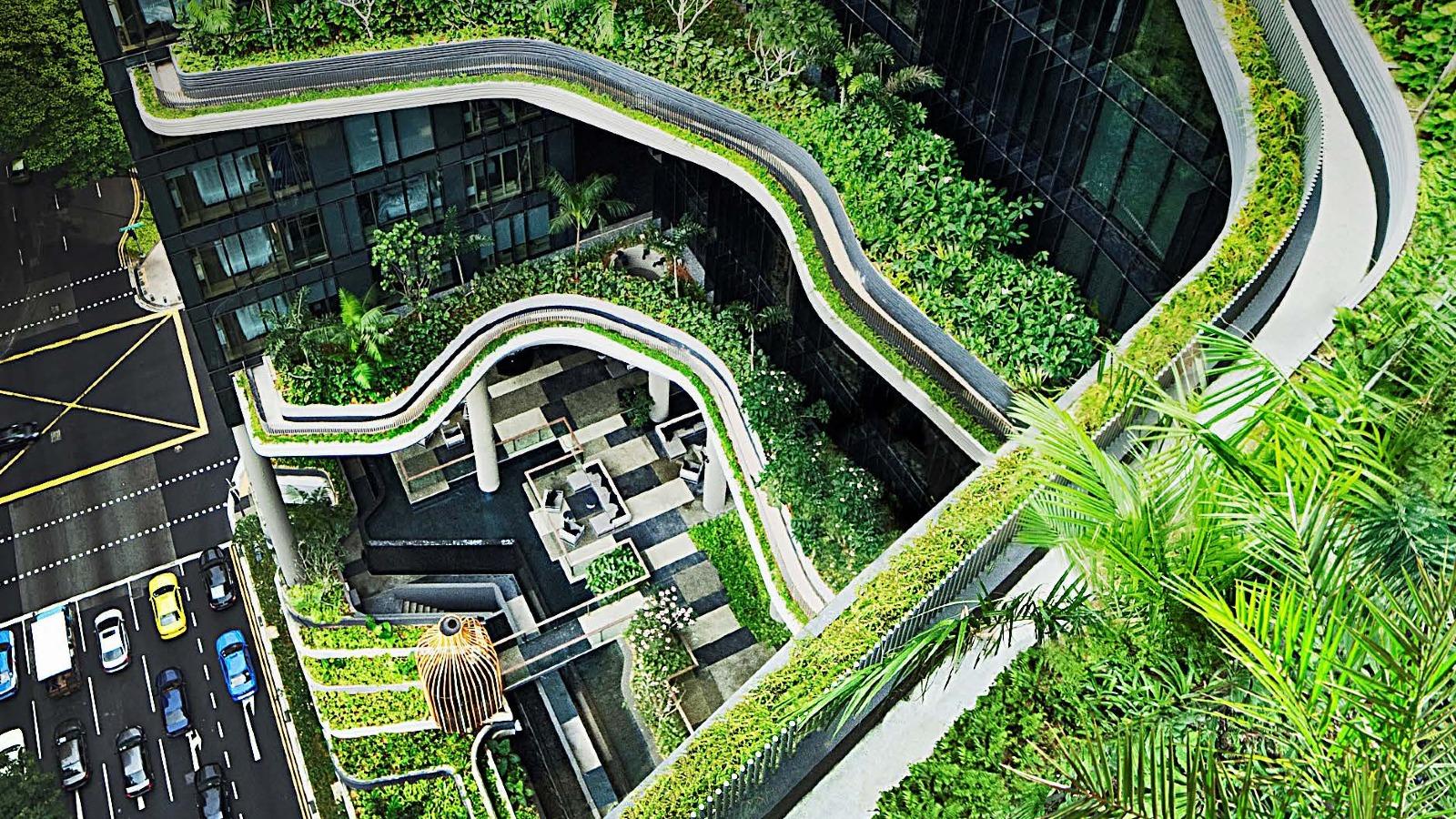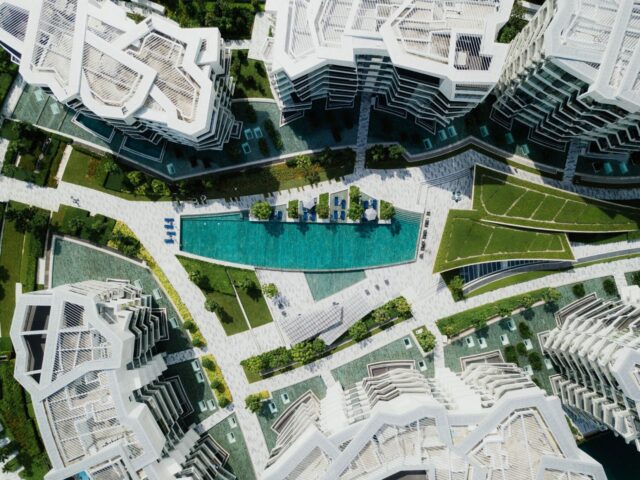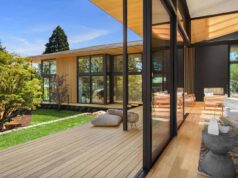Singapore’s rapid urbanization has transformed the way people live, work, and interact. The growing preference for city living has significantly influenced real estate trends, with buyers and investors seeking properties that combine modern convenience, connectivity, and community. The urban lifestyle is now one of the strongest forces shaping property demand in the city-state.
1. The Appeal of City-Centric Living

River Modern demonstrates how urban developments cater to residents who prioritize proximity and accessibility. Buyers increasingly prefer locations near business hubs, retail centers, and cultural districts where daily needs are easily met. The ability to live close to work, entertainment, and essential amenities has made urban projects the preferred choice for both locals and expatriates.
Compact yet functional units with smart layouts appeal to professionals who value convenience and efficiency. Developers are responding by integrating retail spaces, fitness centers, and dining options within residential complexes, creating self-contained urban ecosystems that meet modern lifestyle demands.
This shift toward integrated living spaces reflects how convenience and time efficiency now define property value in Singapore’s densely populated environment.
2. Connectivity and the Evolution of Work-Life Balance

Urban developments in Singapore thrive on their superior connectivity. With an extensive MRT network and expanding transport infrastructure, residents enjoy seamless access to all parts of the city. This accessibility enhances quality of life and supports higher property values in well-connected districts.
Projects like River Modern are strategically located near major transportation routes, making them highly attractive to working professionals. The rise of hybrid work models has also intensified demand for city properties, as residents seek flexible living arrangements close to business hubs and co-working spaces.
Developers are incorporating smart-home features and communal amenities like lounges and co-working areas to reflect this evolution in urban living. These enhancements elevate daily convenience while aligning with Singapore’s broader Smart Nation goals.
3. Lifestyle Diversity and Long-Term Investment Value

Urban living also appeals to those seeking vibrant communities and cultural diversity. Central districts offer an array of dining, entertainment, and leisure options that reflect Singapore’s cosmopolitan identity. This variety not only enhances livability but also drives consistent rental demand, especially among expatriates and young professionals.
From an investment perspective, urban real estate provides stability and growth potential. High occupancy rates, strong rental yields, and continued demand ensure that well-located developments remain valuable assets. Singapore’s reputation as a global city further supports long-term appreciation in prime urban zones.
As more residents embrace sustainable, connected lifestyles, developers are focusing on mixed-use projects that merge residential, retail, and green spaces—creating communities designed for the future of city living.
Conclusion
The modern urban lifestyle has become a defining driver of real estate demand in Singapore. Its blend of accessibility, convenience, and cultural energy makes urban developments a lasting investment choice.
Developments like River Modern capture this transformation—offering residents a connected, efficient, and inspiring way of life. As Singapore continues to evolve as a global city, urban living will remain central to its real estate growth and identity.




